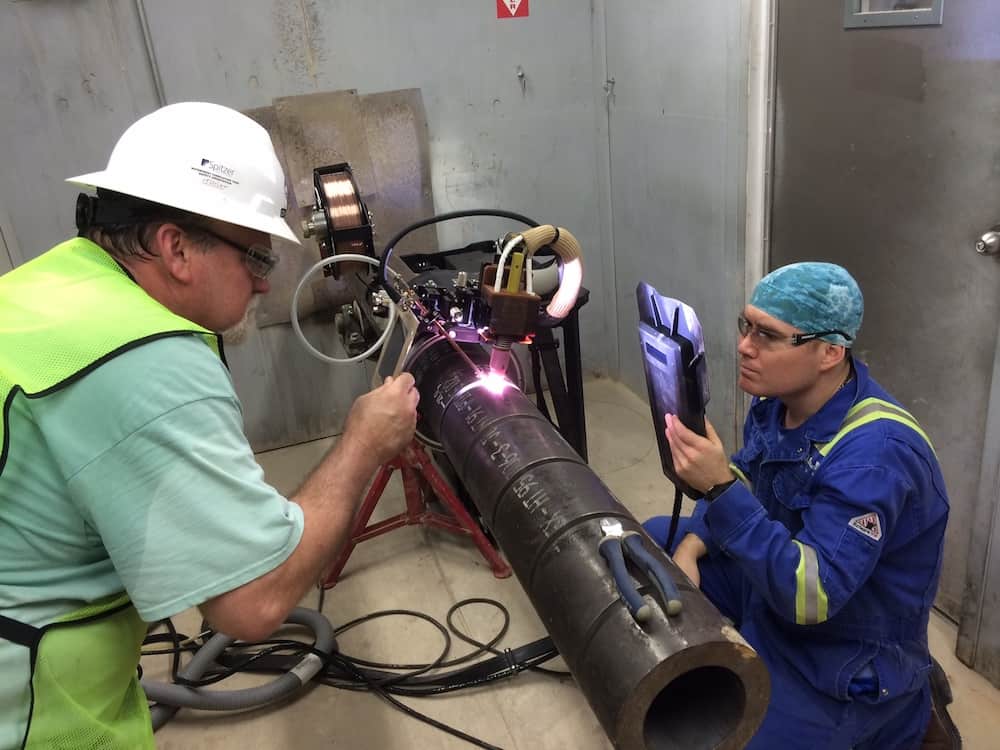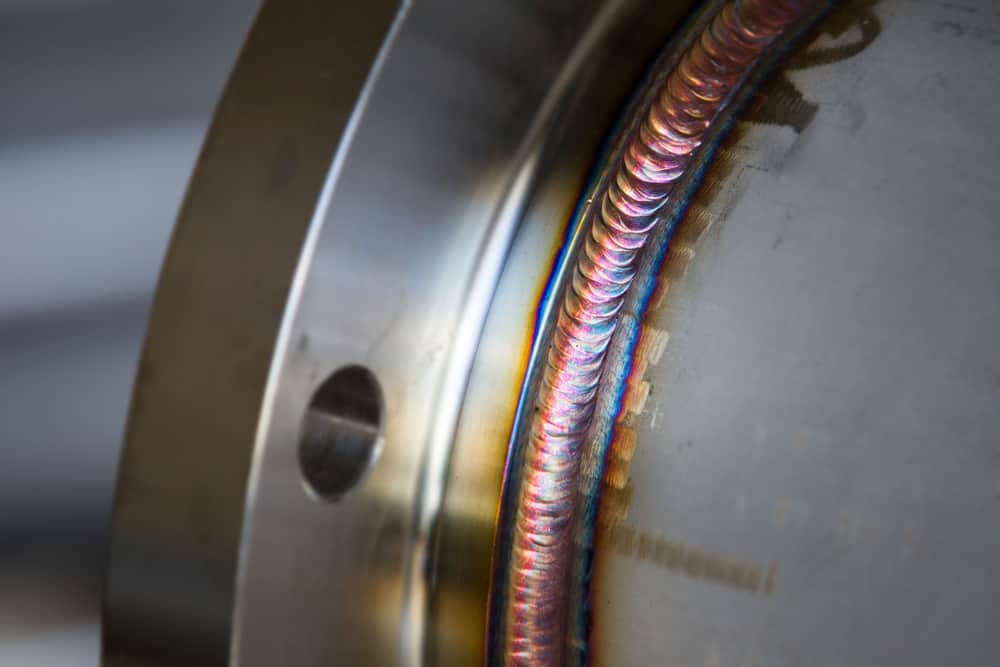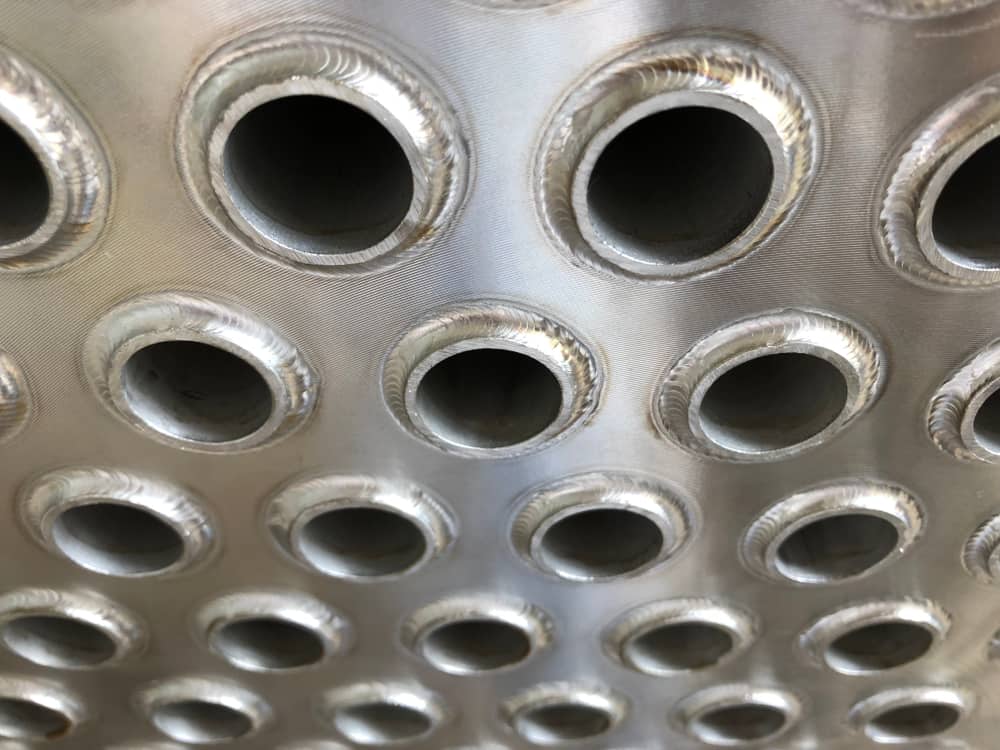
High demand for welders (the American Welding Society mentions a predicted shortage of 375,000 welders by 2023) means that welding-intensive industries are looking to maximize the productivity of their welding teams. The most effective way to achieve this goal is by transforming repetitive or high-volume manual welds into mechanized welding processes that result in significantly greater efficiency as well as a safer work environment.
Consider the typical tasks—from joint preparation to post-weld clean-up—associated with welding a stainless steel pipe and the amount of time involved in each task. With automation, many steps of the process can be shortened to increase efficiency, reduce safety risks, and ultimately improve your return on investment (ROI).
Inherent Risks in Manual Welding Processes
Even when done by skilled welders, manual welding processes pose inherent risks. Proximity to the torch, hose entanglement, inadequate protective gear, and pressure to complete the job all have the potential to jeopardize welder safety. Additionally, a contaminated tungsten electrode and inconsistency in arc length or in the weld pool, resulting from variations in welding technique, can compromise weld quality and may lead to eventual component failure. A mechanized welding process can help mitigate many of these issues by consistently reproducing high-quality welds with minimal operator intervention by the user.
Advantages of Mechanized Welding Processes

A mechanized welding process doesn’t eliminate all manual welding tasks. Material preparation, selection of welding components, component alignment, and process supervision still require hands-on skills. However, a mechanized welding process improves efficiency through:
- Faster alignment: Standard and custom weld heads for orbital welding of tubing provide a two-sided clamping mechanism to align tubes or fittings, eliminating the need for pretacking.
- Rapid setup: Welding controllers can be programmed with the settings for a specific welding procedure—primary and background amperage, pre-purge and post-purge timing, arc voltage, travel speed, filler wire feed, rotation delay at the start of the weld, and current downslope at the end of the weld. Once the system is programmed for a specific welding procedure, that program can be recalled in seconds to initiate the welding process.
- Optimized welds for consistent quality: With tubing aligned in the weld head, the operator initiates the process with a touch of a button. The program coordinates all phases of the welding process, controlling inert gas flow, current, rotational speed, and weld bead overlap. The programmed computer controller ensures that the same type of orbital weld is performed consistently over and over to maximize productivity and eliminate the variability and inconsistencies of manual welding. Consistent weld quality can also eliminate the need for post-weld clean-up and inspections, resulting in added productivity gains and lower manufacturing costs.
A mechanized welding process also contributes to process safety. Eliminating the hands-on aspects of the actual welding process reduces the chance of injury to the welder. Welding heads (including cables, clamp housings, and the electrode rotor) can be liquid-cooled and their temperatures closely monitored to avoid excessive heat buildup and ensure safe operations, especially in high duty-cycle welding applications. Optional vision systems can be incorporated to provide remote monitoring and recording of orbital welding processes in hazardous environments.
Quantifying the Benefits of Mechanized Welding

Mechanized orbital welding techniques have transformed the efficiency and safety of tube and pipe welding processes. Research and development focused on orbital welding technology and techniques have produced a wide range of power sources, control systems, weld heads, and accessories that have helped thousands of firms worldwide meet critical welding needs while making significant improvements in efficiency and safety. The following are just a few examples of these advantages in action.
Automated welding saves thousands of hours annually: One manufacturer of ultraviolet treatment systems implemented an automated process that reduced the time for each tube-to-tubesheet-type weld from about five minutes to 22 seconds. The consistent quality of these welds also eliminated the need for post-weld cleanup. With approximately 40,000 welding operations of this type performed annually, savings are estimated at 3,100 hours per year.
The consistent quality of mechanized welds dramatically reduces rejection rate: High-volume manufacturing of a variety of rigid tube assemblies for high-pressure pneumatic and hydraulic applications requires consistent quality. One company switched to an automated process for autogenous welds without filler metal using a built‑in water cooling system in the weld head to maintain productivity goals of 4,000 orbital welds per day with minimal operator intervention. Welded assemblies were subjected to fatigue, pressure, and underwater leak testing, and the consistency of the mechanized weld process achieved an enviable rejection rate of three parts per million (ppm).
Remote welding ensures safety and minimum downtime: One nuclear plant located in the United Kingdom has adapted its mechanized weld system to make it possible to drive a specially-designed plug to the weld area in order to seal leaking re-heater tubes while a two-pass weld sequence is performed using filler wire. The weld head includes a vision system with a high-definition camera to monitor weld progress and enable post-weld visual verification. The system provides a safe, methodical welding solution that minimizes downtime.
Arc Machines’ Innovations in Orbital Welding
Mechanized welding processes have proven their value in improving welding quality and efficiency while reducing the number of operators needed and eliminating many of the risks associated with manual welding processes. For more than four decades, Arc Machines, Inc. has been committed to providing the highest quality orbital welding product development, manufacturing, and engineering services to help customers achieve optimum productivity. Welding controllers that maintain a library of 1,000 different weld schedules, liquid-cooled weld heads with interchangeable components for a wide range of high duty-cycle applications, and high-resolution arc view digital cameras are only a few of the innovations that AMI has incorporated into its orbital welding solutions.
Arc Machines, Inc. is a leader in orbital welding, with the people, products, and experience to help you realize greater efficiency and safety in your welding processes. For inquiries regarding products, contact sales@arcmachines.com. For service inquiries, contact service@arcmachines.com. Arc Machines welcomes the opportunity to discuss your specific needs. Contact us to arrange a meeting.




